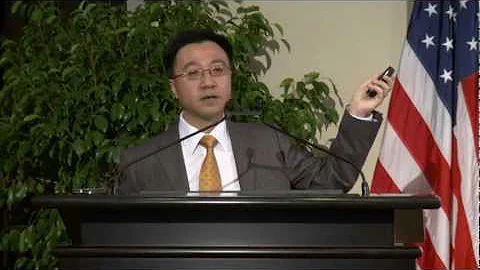is another year of "Double 11". Due to the advance of this year's pre-sale, the front of Double 11 has also been stretched. Starting from November 1, consumers have begun to "choose their hands". Z1z
followed by a surge in express delivery volume since November. On the morning of November 1, the volume of Tmall’s “Double 11” logistics orders sent by Cainiao exceeded 100 million. As of 18:00 on November 1, 337 cities across the country (excluding Hong Kong, Macao and Taiwan) have received the same day’s purchase of Double 11 package.
today can be said to be the second wave of the "Double 11" promotion. However, looking at the stock prices of several listed express delivery companies, they all fell.

is booming on the e-commerce platform on the one hand, and on the other hand, it is the courier's complaint: "Double 11" as long as you don't lose money, don't lose items, and have fewer complaints, you will earn money through a stable life. Behind the sharp contrast of
is that in recent years, the proportion of e-commerce products in franchise express outlets has increased, and many of them have exceeded 50%. However, the price of e-commerce delivery is not the lowest, only lower. Consumers Behind the enjoyment of free shipping benefits is the continuous suppression of express delivery prices by platform merchants.
So, why do courier companies keep doing things that seem to accompany the money? This starts with the special operating mode of China's franchise express companies.
Yuantong Express (600233), Zhongtong Express (NYSE code: ZTO, Hong Kong Stock Exchange code: 2057), Shentong Express (002468), Yunda Express (002120) are known as "three links and one delivery" in the industry. Within the franchise express delivery giant, the headquarters uses the pre-charge of the waybill as the main source of income, and the franchisee must pay one yuan or more of the waybill fee to the headquarters for each express shipment. In this way, the larger the number of franchisees, the larger the delivery volume, the more the waybills are sold by the headquarters, and the more revenue they can get. In addition, if local branches need the transfer center invested by the headquarters for transfer and distribution, they will also pay a certain transfer and distribution fee. All franchisees in
are really responsible for the cost and price of express delivery. They have to buy vehicles on their own, recruit employees or subcontract subordinate sites. Therefore, the express delivery prices we generally see are not set by the headquarters, but determined by the franchise outlets in various places. Some outlets even delegated the pricing power to the contractors of their sites. As long as there is a profit, the contractor can bargain with customers.
Therefore, it is the local franchise outlets that really bear the pressure of the continuous decline in express prices, and the support for them to continue to do large-scale is the subsidy of the express headquarters to the advantageous outlets, and the outlets without subsidies can only withdraw from the operation. This is the reason why the terminal outlets that have appeared in many places have been shut down.
However, as subsidies for local franchise outlets continue, the headquarters of the “three links and one reach” have also begun to bear greater cost pressure, as can be seen from the three quarterly reports of several listed express companies.
In the first three quarters of this year, in addition to the direct sales model of SF Holdings' net profit increased by 29.84% year-on-year, the net profit of Yunda and Shentong fell by 47.83% and 99.53% year-on-year, respectively. YTO Express also only slightly increased by 0.69%.
In contrast, the volume of express delivery in the first three quarters did not decline accordingly. The volume of express delivery in the first three quarters increased by 27.9% year-on-year, especially the industry volume growth rate from May to September continued to hit a new high for more than three years. The above contrast is the result of price wars and subsidies. Data show that from May to September this year, the price of express delivery has fallen the most in six years, indicating that the price of the industry has exceeded expectations. The blowout of demand and the fierce price war are reflected in Tongda Express headquarters and outlets, that is, the work is more tiring, but the money is less, and even losses.
However, many people in the express delivery industry believe that the continuation of the price war will also promote the accelerated integration of the industry. The higher the intensity of the price war, the faster the industry integration, and the shorter the integration pain period.
In fact, under this year's express delivery price war, some express companies that were originally in the first-tier echelon have begun to fall behind.
In the first three quarters of 2019, Tongda's piece volume growth rate was on average 15% higher than that of the industry, but by the third quarter of this year, the piece volume growth rate of Shentong and Best has been 10% behind the industry. In contrast, Zhongtong's market share is gradually increasing, and even when the Hong Kong stock market was listed, it even proposed a goal of increasing its volume share to 25% in 2022 (19.1% in 2019).
However, the industry generally believes, The fierce price war in the express delivery industry will continue for some time next year. The price war in the following year is expected to gradually ease, and the concentration of the industry will further increase.











